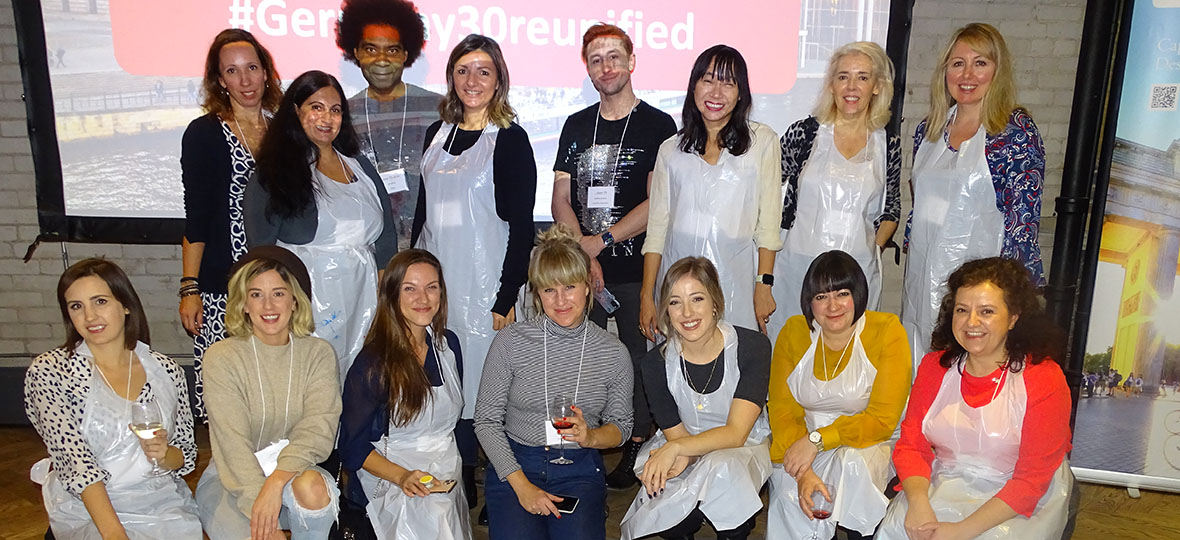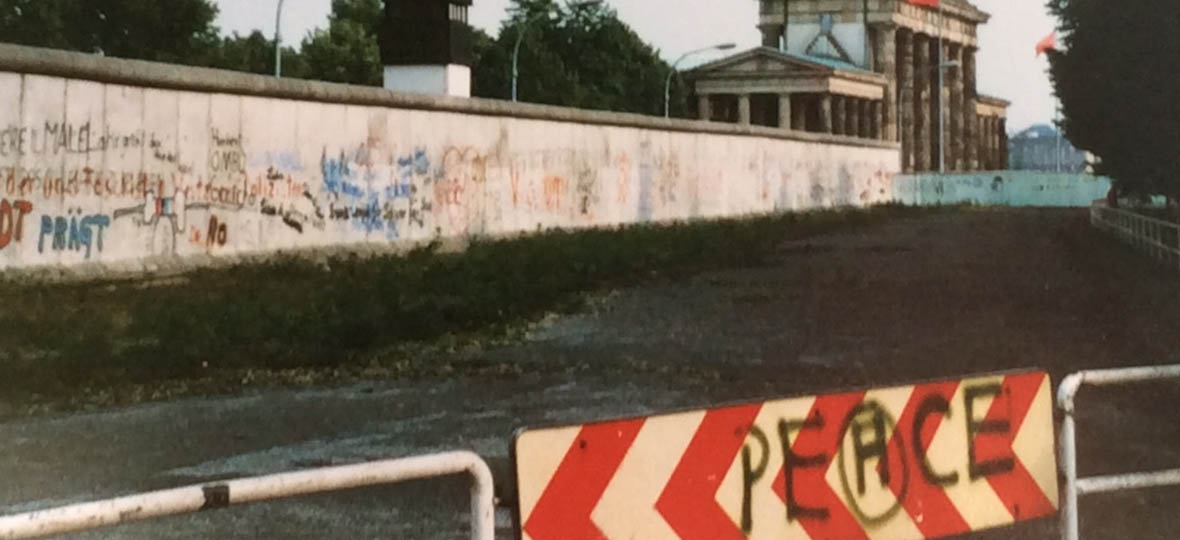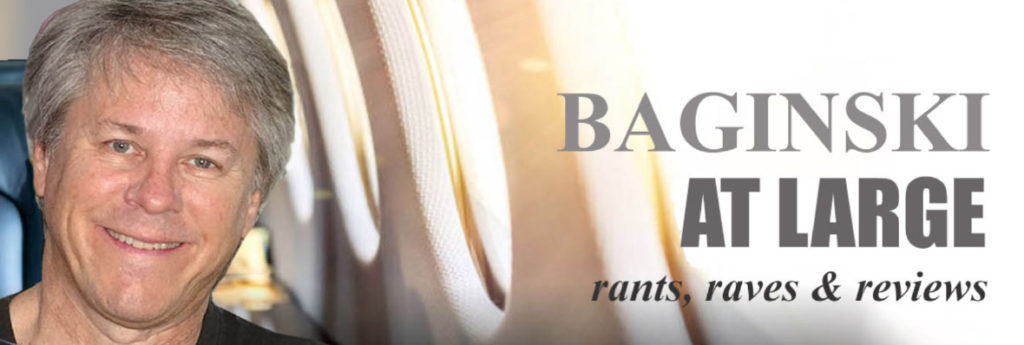There’s not a lot I remember about my long-ago visit to East Berlin, I must admit – after all, the communist half of the city was grey and drab, just like in the movies. I do remember – indeed, I still shudder – when I recall the look from the East German border guard who deigned to admit me on a day trip from West Berlin, hastily arranged when a train strike in France diverted me there from my original destination, Paris.
Up, down, up, down, he stared, alternating between my face and my passport. If looks could kill. Finally, the barest of nods and a return of my documents and I was admitted into the mysterious metropolis, cloaked behind the so-called Iron Curtain and famous Berlin Wall.
It was 1986 – a few years before the fall of the Wall, which began on Nov. 9, 1989 – the 30th anniversary of which was recently marked in Germany and beyond, including at a recent Toronto event hosted by the German tourist board.
The destruction of the infamous concrete barrier – a “training ground for East German high jumpers” as graffiti on the western side declared – along with requisite guard towers and barbed wire, symbolized the collapse of communism in the former Soviet block of countries and the opening of the border between the German Democratic Republic and West Germany, which had been physically estranged since construction of the Wall began in 1961.
Reunification of the two German states followed on Oct. 3, 1990, and together the events ushered in a new era that “not only allowed East Germans to travel the world, but millions of international tourists (to) experience and explore… the former GDR” – an historic game-changer now being promoted by the tourist board that will gather even more steam in 2020.

“There is huge international interest in the fall of the Wall and reunification… the biggest ever boost to Germany’s incoming tourism industry,” Petra Hedorfer, CEO of the German National Tourist Board, has stated.
(As an aside, I once gave my kids small pieces of the wall, encased in plastic. “It’s one of my coolest possessions. It’s like owning a piece of history,” my son offers.)
My visit predated those welcome developments, though my visit to East Berlin that day wasn’t my first foray into the GDR, since technically one had to travel through East German territory to get to the free enclave of West Berlin.
As mentioned, my landing in West Berlin was unexpected – precipitated by a sudden French rail strike and a spur-of-the-moment decision to hop on the next train that was scheduled to leave the station in Brussels. I was, in fact, eventually headed for (communist) Czechoslovakia and Hungary and that could be accomplished from Berlin (albeit, as I would discover, the eastern side).
West Berlin was attractive, with the reputation of a wild west city living on the edge (more appropriately in the middle) of the Soviet block, where residents lived life to the fullest and one day at time because no one knew what would happen the next day.

I hadn’t planned on visiting East Berlin but once in the western part of the city, the draw was inexorable, as everything, from the blocked off Brandenburg Gate to memorials for unsuccessful escapees (shot from the towers) and the insightful and sometimes humorous graffiti narrative on the Wall, seemed to be framed by the city’s ominous neighbour. And when a fellow traveller and I discovered that we could go for the day with little more than a requirement to spend the equivalent of US$15 in East German marks, the excursion was a no- brainer.
With the blessing of the jovial border guard, we cautiously entered the city, constrained by fears and warnings rooted in the Cold War. By comparison to the boisterous west, East Berlin was bleak and empty, and there wasn’t much to do. Shopping was minimal (not even souvenirs) and what little there was wasn’t worth buying save for some renowned crystal, which far exceeded our required per diem.
Food and beverages weren’t much better. We ate bland chicken legs, as I recall, and endured surprisingly bad beer. (Surely, the introduction of great West German suds in the East was a highlight of reunification for residents). And in a bad way, the bill was negligible – after all, we had been warned that bringing any local currency back across the border was verboten and we didn’t care to wind up in an East German prison.
By this point our visit had evolved into an exercise of trying to get rid our cash, and having eaten, drank and shopped to our utter limits, we still possessed about $11 worth of our $15 dollars in marks. (We couldn’t even blow it on the beer!) An exorbitant tip for our server at the restaurant was futile: he chased us into the street to return it. (Not permitted to accept it, we wondered?) And, there was next to nothing to buy.
In the end, we tossed the money in a trash bin (the first and last time I could ever say that), which prompted laughter back in West Berlin from locals, who explained that we were the chumps for fretting over such small change.
With my built-in bias easing thanks to now being a veteran of travel behind the wall, I was less reluctant to make my way back to East Berlin a couple of days later to catch my train for my onward journey to Prague and Budapest, though doing so at night lent a new eerie atmosphere.
On the train, I shared a car with a group of stereotypical sombre East Germans, though I noticed that the further the train chugged from the city, the more animated and life-like they seemed to become, soon laughing and retrieving hidden bottles of beer.
In the middle of the night, the border crossing prompted some surly exchanges between passengers and gun-toting guards who had come onto the train, which certainly surprised me. I wouldn’t dare mess with these imposing authorities and was relieved to be processed without much fuss into Czechoslovakia and into the next chapter of my eastern European adventure.
I’ve returned to Berlin several times since those days, retracing my steps at first, but then moving on to discover amazing new attractions and developments (like Museum Island) in the former eastern part of the city and previously inaccessible older ones (like the Brandenburg Gate), as well as marvelling at the how the infamous No Man’s Land between east and west has been filled in over the years. The unified city is now thankfully unrecognizable to what it was when I first visited, though perhaps it is entirely recognizable again to those who were there well before me.

